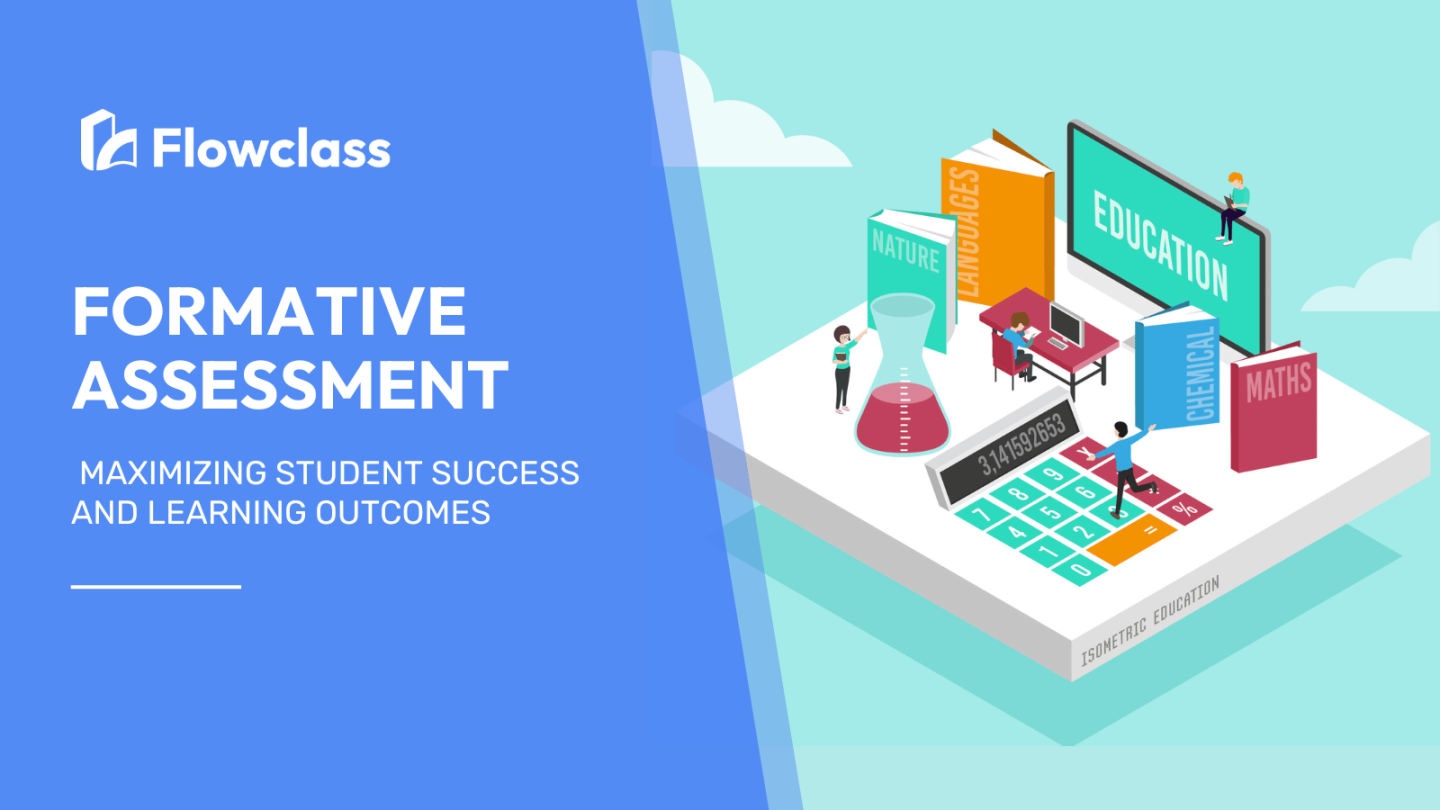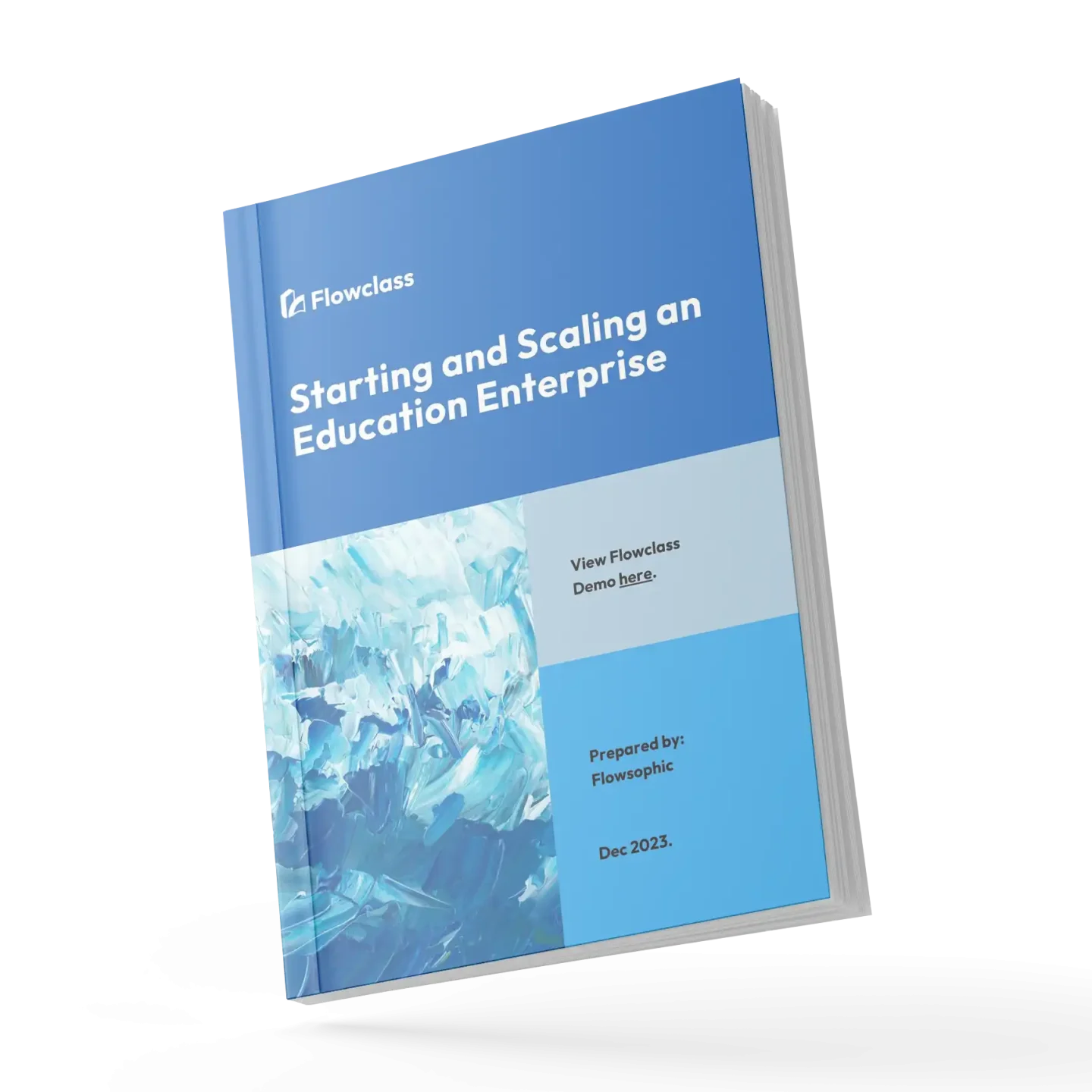In today’s fast-paced and ever-evolving educational landscape, maximizing student success and learning outcomes is at the forefront of every teacher’s mind. Formative assessment has emerged as a powerful tool to achieve this goal. By providing ongoing feedback and measuring student progress in real-time, formative assessment empowers educators to make timely interventions that address student needs and deepen understanding.
In this article, we will explore the importance of formative assessment in the classroom and how it can positively impact student motivation, engagement, and academic achievement. We will delve into the key characteristics of effective formative assessment strategies and provide practical examples of how teachers can implement these strategies across various subject areas.
Join us as we uncover the power of formative assessment and discover how it can revolutionize the way we approach teaching and learning. From quick check-ins to more comprehensive activities, formative assessment not only allows educators to gauge student understanding but also gives students a clear roadmap to success. Let’s dive in and unlock the potential of formative assessment in maximizing student success and learning outcomes.
The importance of formative assessment in education

Formative assessment is a critical component of the teaching and learning process, as it provides educators with valuable insights into student understanding and progress. Unlike summative assessments, which are typically administered at the end of a learning unit or course, the formative assessment takes place throughout the learning journey, allowing teachers to make timely adjustments to their instructional strategies and address student needs in real-time.
By regularly assessing student learning, teachers can identify knowledge gaps, misconceptions, and areas that require additional support. This information empowers them to tailor their lessons, provide targeted interventions, and differentiate instruction to meet the unique needs of each student. Formative assessment fosters a deeper understanding of the subject matter, as students receive ongoing feedback and have the opportunity to reflect on their own learning.
Moreover, formative assessment promotes student engagement and motivation. When students are actively involved in the assessment process, they develop a stronger sense of ownership over their learning and are more likely to take an active role in their own academic growth. By providing students with frequent opportunities to demonstrate their understanding and receive constructive feedback, formative assessment helps to build their confidence, self-efficacy, and a growth mindset, which are essential for long-term academic success.
Key principles of formative assessment
Effective formative assessment is grounded in several key principles that guide its implementation in the classroom. One of the fundamental principles is the clear articulation of learning objectives and success criteria. By establishing a shared understanding of what students are expected to learn and how their progress will be measured, teachers can design assessment activities that directly align with these goals.
Another crucial principle is the provision of timely and specific feedback. Formative assessment is most impactful when it occurs during the learning process, allowing students to receive guidance and support that they can immediately apply to improve their performance. Feedback should be constructive, highlighting both strengths and areas for improvement, and should provide students with actionable steps to enhance their learning.
Formative assessment also emphasizes the importance of student self-assessment and reflection. By encouraging students to actively monitor their learning and progress, teachers empower them to take ownership of their academic growth. This process of self-assessment promotes metacognition, where students develop a deeper understanding of their learning processes and strategies, ultimately leading to more effective and self-directed learning.
Strategies for implementing formative assessment in the classroom

Implementing formative assessment in the classroom can take many forms, and teachers should select strategies that best suit their subject area, student population, and learning objectives. One effective strategy is the use of exit tickets, where students are asked to respond to a brief question or prompt at the end of a lesson. This provides teachers with immediate feedback on student understanding and allows them to identify areas that may require further explanation or review.
Another strategy is the incorporation of classroom discussions and questioning. By posing thoughtful, open-ended questions and facilitating engaging dialogues, teachers can gain insights into student comprehension and identify misconceptions that can be addressed in real time. Additionally, the use of peer-to-peer assessment, where students provide feedback to one another, can foster a collaborative learning environment and encourage students to take an active role in their own and their peers’ learning.
Formative assessment can also be integrated into more comprehensive activities, such as project-based learning or problem-solving exercises. By observing students as they work through these tasks, teachers can gather valuable information about their problem-solving skills, critical thinking abilities, and level of conceptual understanding. This, in turn, enables them to provide targeted support and guidance to help students overcome challenges and deepen their knowledge.
Using technology to enhance formative assessment

In today’s digital age, technology has become a powerful tool for enhancing the effectiveness of formative assessment. Online platforms and digital tools offer a range of features that can streamline the assessment process and provide real-time insights into student learning.
One example is the use of interactive quizzes or polls, where students can respond to questions or prompts using their digital devices. These tools not only engage students but also provide teachers with immediate feedback on their understanding, allowing for quick adjustments to the lesson or the provision of targeted support. Additionally, online discussion forums and collaborative platforms can facilitate peer-to-peer feedback and encourage students to engage in meaningful dialogues about their learning.
Furthermore, learning management systems (LMS) and digital assessment tools can enable teachers to create customized formative assessments, provide automated feedback, and track student progress over time. These platforms often incorporate features like data analytics and visualization, which can help teachers identify patterns, trends, and areas for improvement, ultimately informing their instructional decisions.
Effective feedback in formative assessment
Effective feedback is a crucial component of formative assessment, as it provides students with the guidance and support they need to improve their learning. Feedback should be timely, specific, and actionable, focusing on both the strengths and areas for improvement in a student’s work or performance.
When providing feedback, teachers should aim to create a supportive and non-threatening environment, where students feel comfortable taking risks and seeking assistance. Feedback should be framed in a constructive manner, highlighting what the student has done well and offering clear, step-by-step suggestions for how to enhance their performance. This approach helps to build student confidence and fosters a growth mindset, where students view challenges as opportunities for learning and development.
In addition to teacher-provided feedback, formative assessment also encourages the use of peer feedback and self-assessment. By engaging students in the feedback process, teachers empower them to take an active role in their own learning and develop critical self-reflection skills. This, in turn, can lead to increased student ownership, engagement, and ultimately, improved learning outcomes.
Assessing student progress and adjusting instruction
Formative assessment is not a one-time event; rather, it is an ongoing process that requires continuous monitoring and adjustment of instruction. By regularly assessing student progress, teachers can identify areas of strength and weakness, and make informed decisions about how to adapt their teaching strategies to better meet the needs of their students.
One effective approach is the use of a variety of formative assessment techniques, such as exit tickets, classroom discussions, and performance-based tasks, to gather a comprehensive understanding of student learning. This multimodal approach allows teachers to triangulate data from different sources, providing a more holistic view of each student’s progress and areas for growth.
Armed with this information, teachers can then make timely adjustments to their instructional plans, such as reteaching challenging concepts, providing additional practice opportunities, or differentiating instruction to cater to diverse learning styles. By continuously monitoring student progress and adapting their teaching accordingly, educators can ensure that all students are receiving the support and guidance they need to succeed.
Formative evaluation and student motivation
Formative evaluation not only supports student learning but also plays a crucial role in fostering student motivation and engagement. When students are actively involved in the assessment process and receive frequent, constructive feedback, they develop a greater sense of ownership and investment in their own learning.
By providing students with clear learning objectives and success criteria, formative assessment helps them understand the expectations and goals they are working towards. This, in turn, empowers them to take an active role in monitoring their progress and identifying areas for improvement. As students experience the tangible benefits of their efforts, they are more likely to develop a growth mindset, where they view challenges as opportunities for growth rather than threats to their self-worth.
Moreover, the use of formative evaluation strategies, such as self-reflection and peer feedback, encourages students to become more self-aware and self-directed in their learning. This autonomy and sense of control over their academic progress can lead to increased motivation, as students feel empowered to take responsibility for their own learning and achievement.
Challenges and potential solutions in implementing formative evaluation
While the benefits of formative assessment are well-documented, implementing it effectively in the classroom can present various challenges for teachers. One common challenge is the time and resource constraints that educators face, as integrating formative assessment into their instructional practices can be time-consuming and may require additional planning and preparation.
To address this challenge, teachers can explore strategies that streamline the formative assessment process, such as the use of digital tools and technology-based solutions. By leveraging online platforms, interactive quizzes, and automated feedback systems, teachers can save time and efficiently gather data on student learning without sacrificing the quality of the assessment.
Another potential challenge is the resistance or hesitation from students who may be accustomed to traditional, high-stakes assessment models. To overcome this, teachers can focus on cultivating a classroom culture that values learning, growth, and continuous improvement. By emphasizing the formative nature of the assessments and the opportunities they provide for feedback and support, teachers can help students understand the benefits of this approach and encourage their active participation.
Conclusion: The impact of formative assessment on student success and learning outcomes
Formative assessment is a powerful tool that can have a transformative impact on student success and learning outcomes. By providing ongoing feedback, measuring progress, and informing instructional decisions, formative evaluation empowers teachers to create learning environments that are responsive to the needs of their students.
When implemented effectively, formative assessment fosters deeper understanding, increased student engagement, and a growth mindset that propels learners toward greater academic achievement. It allows teachers to identify and address knowledge gaps, misconceptions, and areas for improvement in real time, ensuring that each student receives the support and guidance they need to succeed.
As educators continue to navigate the evolving landscape of education, the integration of formative assessment practices remains a crucial strategy for maximizing student success and learning outcomes. By embracing the principles and strategies of formative evaluation, teachers can transform their classrooms into dynamic, student-centered environments where learning is an ongoing, collaborative, and enriching experience for all.
📣 Want to check out more informative articles? Check out all our blogs!


